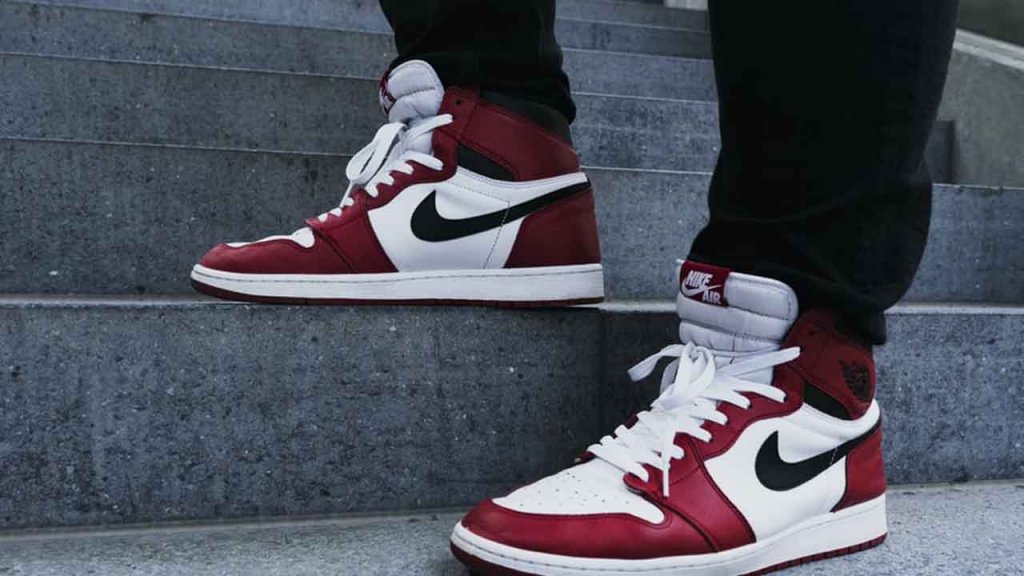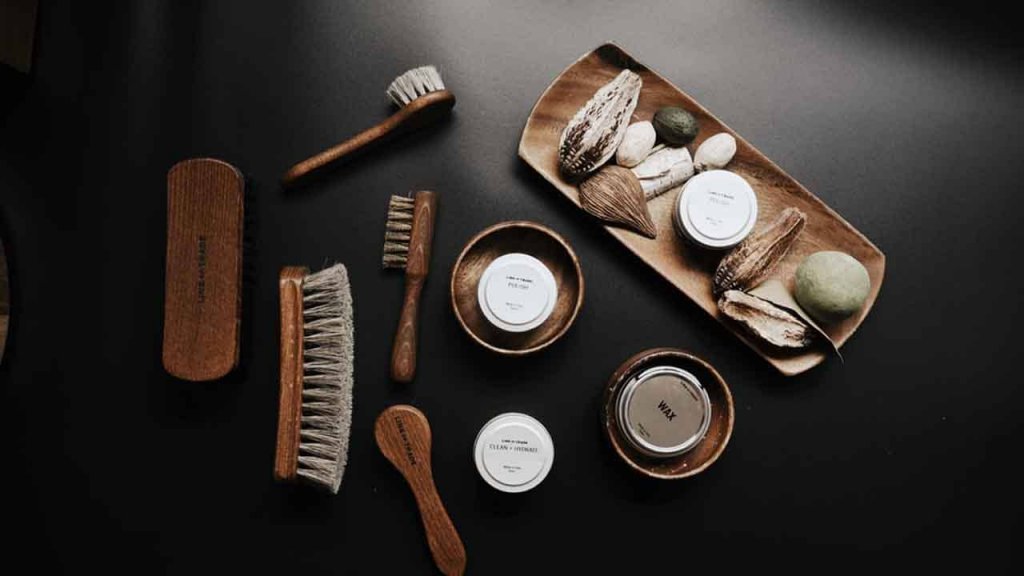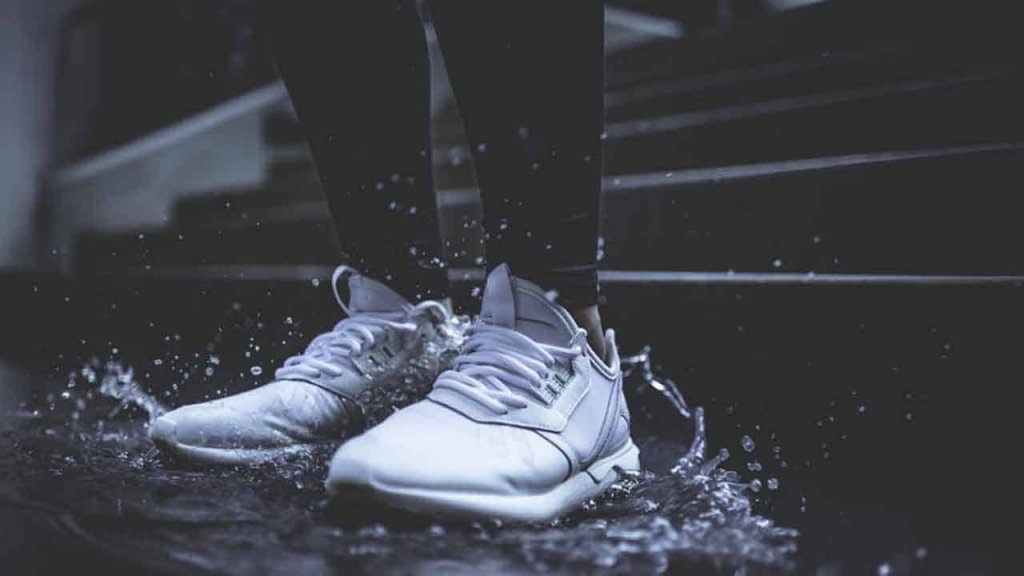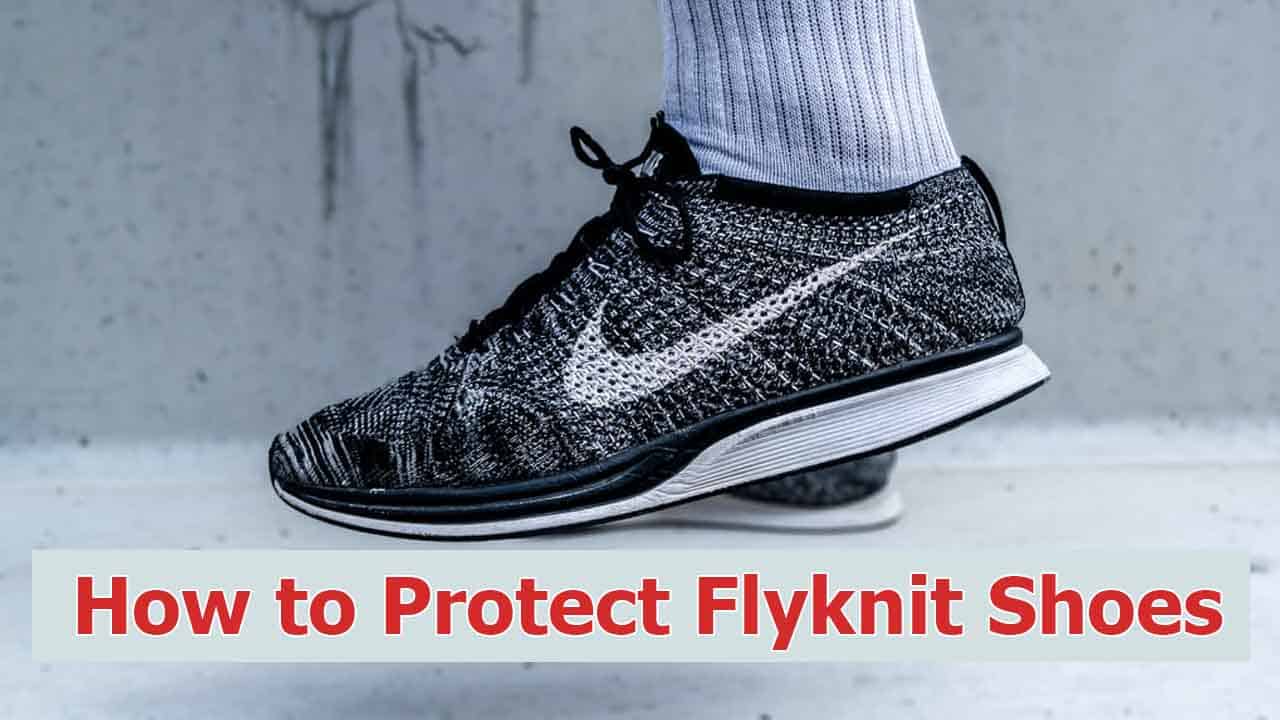If you have spent a lot of money on your fly knit shoes, this blog post is for you. In it, I will provide tips on how to How to Protect Flyknit Shoes from the wear and tear that they accumulate over time.
First off, all sneakers need to be cleaned periodically with a soft brush. Try not to use anything too harsh as this can cause damage.
Finally, storing them in their original box or bag when not wear is key because dust particles can get stuck in the shoe’s fabric.
This can be challenging, especially when it’s your first time owning Nike. But fear not – the responsibility of maintaining this new joy doesn’t have to turn into anxiety!

What are Flyknit Shoes?
Nike Flyknit is a groundbreaking innovation in the world of sneakers. It’s made out of one seamless piece of fabric that can be manipulated into various shapes and sizes, which means there are no stitches or seams to rub against your feet.
This innovative new design has revolutionized footwear for athletes, runners, and everyday people who want to look good while they’re on the go.
Nike Flyknit shoes are more durable than traditional shoes because they have less breakable parts that can wear down quickly.
The boots come in various designs, but one thing that stands for all these models is how great they can be when walking or running on concrete surfaces- this includes sidewalks as well.
Flyknits improving over time as well, so there will never be an edition everyone dislikes because new editions come out often enough for every fan’s taste.
So, if you want a shoe that combines lightweight and durability with excellent cushioning, try out the Flyknit. Having this type of material is among the most important things ever for any runner or gym-goer!
However, shoes can be expensive, so it’s essential to protect them to not damage their quality too much during workouts and extend wear time off-road by regularly cleaning (every two weeks).

What is the best way to protect Flyknit shoes?
Flyknit is the future of shoe technology, so if you care about your investment in Flyknits, it’s essential to keep them clean and protected. Follow these easy steps for a professional appearance.
Cleaning can help remove any dirt or buildup on fly knit material, enhancing its quality; protectors are an excellent way to ensure that everyday wear isn’t going anywhere with sweaty feet!
Step by Step Procedure on How to Protect Flyknit Shoes
If your shoes are still new, you can start with protecting them by applying an aerosol shoe protection spray.
However, if they’ve been dirtied before, the entire procedure is necessary for their long-term care and well-being, so make sure that this doesn’t happen!
This guide for those looking for a quick and easy way to have spotless dishes. First of all, you will need the following: two or three washcloths (to be safe), laundry detergent/ dishwashing detergent, your soft brush!
- A tub of water
- A Washcloths
- Dishwashing detergent
- A brush (must be soft)
Step 1: Get Rid of the Excessive Dust and Dirt
It would be best if you clapped the soles of your shoes together to remove dirt and dust. If there are sticky mud particles, use a toothpick or use a brush with bristles on it (to remove them).
Step 2: Remove the Laces and the Insole
It is crucial to take extra care when cleaning your shoes. You might think removing the laces’ insole will hinder its cleanliness, but these parts are necessary for a thorough cleaning process!
Step 3: Wipe the Shoe with Foaming Water
To clean your shoes:
- Fill the basin with water and add dishwashing detergent or laundry soap.
- Place a washcloth into the mixture to help soak it while working on each shoe part: upper, outsole/midsole (more demanding).
- Wash the sides where dirt may have gathered for accumulation over time.
- Also, check inside if necessary–this is best done by gently brushing off excess liquid from around edges first before fully immersing them, so all areas are cleaned thoroughly without scrubbing too deep into fabric surfaces.
- Use circular motions when cleaning midsoles next since this surface needs special care because of the rigid construction material utilized here. Use a soft brush.

Step 4: Rinse of the Foam from the Shoes
After rinsing the washcloth used in step 3, or using another clean one dipped into warm water and wiping away any soapy residue off your shoes with it.
You can also use an old toothbrush if necessary! Remember that when cleaning more delicate fabrics such as suede, you need to take extra care not to damage them.
Step 5: Wash the Laces and the Insoles
To get the best cleaning results, you should put clean water in your basin and add some laundry detergent. Then dip each lace of a sneaker into this mixture for about five seconds before pressing it against your palms gently.
Brush the insoles with soapy water to remove any dirt or residue. Use a soft brush, as you would for cleaning your shoes, and wipe down both sides of each sole after brushing off any excess soap.
Step 6: Air Dry the Shoes, Laces, and Insoles
Ensure that you air-dry your shoes, laces, and insoles in a well-ventilated area of the house or on an open balcony. If possible, avoid direct sunlight as this will cause them to fade faster than expected!
Step 7: Use Crep Protect/ Sneaker Protector
Now you can protect your shoes with a transparent, durable layer of protection. A final step to ensure that the shoe’s leather remains in great shape is applying an Elizabethan-style protector spray after they’ve been cleaned and conditioned from any previous layers, such as polish.
Step 8: Test for Flyknit Protection
Using a shoe protector not only ensures that your Flyknit shoes are clean but also provides protection from dirt and debris.
Sprinkle some water onto them to better understand how your Nike Flyknit will react in various conditions. The moisture should roll off and not soak into the shoe’s material which indicates that they’ll withstand dirt/dust without getting Comments.
In addition, it also helps give people insight into what type of clothing or gear might work well with their new pair.
Final Verdict
Protecting your new Flyknit shoes is easy! Just follow these simple steps.
As a general rule, avoid getting them wet or moist for extended periods because this can cause the shoe to lose its durability (and yours).
Next up: always remember that when storing footwear, make sure they are clean/dry before putting it away properly. Hence, to avoid leaving any dirt particles on top that could potentially damage their surface finish.
Lastly, after two weeks of maximum use from daily wearing during all weather conditions, repeat protection procedures every other week.

Hi, I’m Regina. I’m a writer on Headphones, Shoes, for your unique needs. Regina is a self-professed Headphones, Shoes with a passion for experimenting with the latest Headphones, Shoe products, and trends. She helps create engaging content for smartliter.com’s audience.

